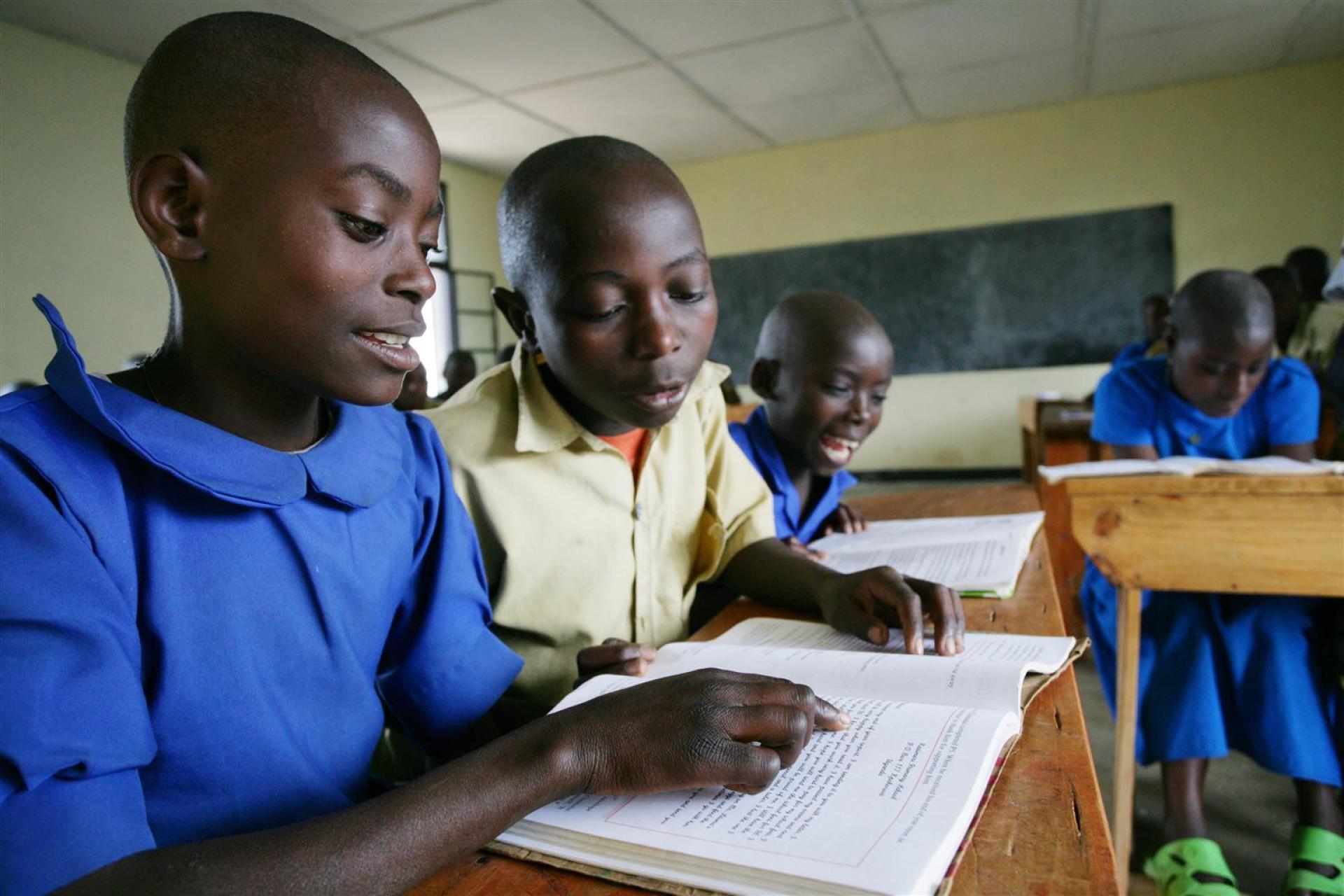Primary school
Introduction:
This business plan outlines the establishment of a primary school in Africa. The school will provide quality education to children in the local community, with a focus on promoting innovation, creativity, critical thinking, and problem-solving skills. The school will also prioritize the development of character and values through a holistic approach to education. The school will target children between the ages of 6 and 12 years old, with an initial capacity of 300 students. The school will be established with an initial investment of $500,000, which will be used to purchase land, construct buildings, purchase equipment, and hire staff. The school will generate revenue through tuition fees and other services.

Business Description:
The primary school will be located in a rural area in Africa, with easy access to the local community. The school will be constructed on a 5-acre piece of land, with enough space for playing fields, gardens, and playgrounds. The school will have modern facilities, including classrooms, a library, a computer lab, a science lab, a multipurpose hall, and administrative offices.
The school will be staffed by a team of experienced and qualified teachers, who will be trained in innovative teaching methods and the use of technology in education. The school will also hire administrative staff, including a principal, accountant, and support staff, who will oversee the day-to-day operations of the school.
Products and Services:
The primary product of the school will be quality education for children between the ages of 6 and 12 years old. The school will provide a comprehensive curriculum that includes core subjects such as mathematics, English, science, and social studies, as well as extracurricular activities such as sports, music, and drama. The school will also prioritize the development of character and values through a holistic approach to education, with a focus on community service, leadership, and social responsibility.
The school will also offer other services such as after-school programs, tutoring, and summer camps. These services will be provided at an additional cost to parents.
Market Analysis:
The primary market for the school will be parents with children between the ages of 6 and 12 years old in the local community. The local community has a high demand for quality education, but the existing schools are unable to meet this demand due to limited resources, poor infrastructure, and low-quality teaching. The school will also target parents who are willing to pay a premium for quality education and value-added services.
Marketing and Sales Strategy:
The school will use a variety of marketing and sales strategies to attract students and parents. The school will leverage social media platforms, local radio and television stations, and print media to promote its services. The school will also organize community events, such as open houses, workshops, and seminars, to showcase its facilities and programs. The school will also offer scholarships and financial aid to students who demonstrate academic excellence and financial need.
Financial Plan:
The school will be established with an initial investment of $500,000, which will be used to purchase land, construct buildings, purchase equipment, and hire staff. The school will generate revenue through tuition fees and other services. The tuition fees will be competitive with other schools in the area, but the school will offer value-added services such as after-school programs, tutoring, and summer camps to differentiate itself from the competition. The school will also generate revenue through fundraising events, donations, and grants.
The school will be able to break even within three years of operation, with a projected revenue of $750,000 in year 1, $1,000,000 in year 2, and $1,500,000 in year 3. The school will also maintain a profit margin of 20% after the third year of operation.
Conclusion:
The primary school will provide quality education to children in the local community.







